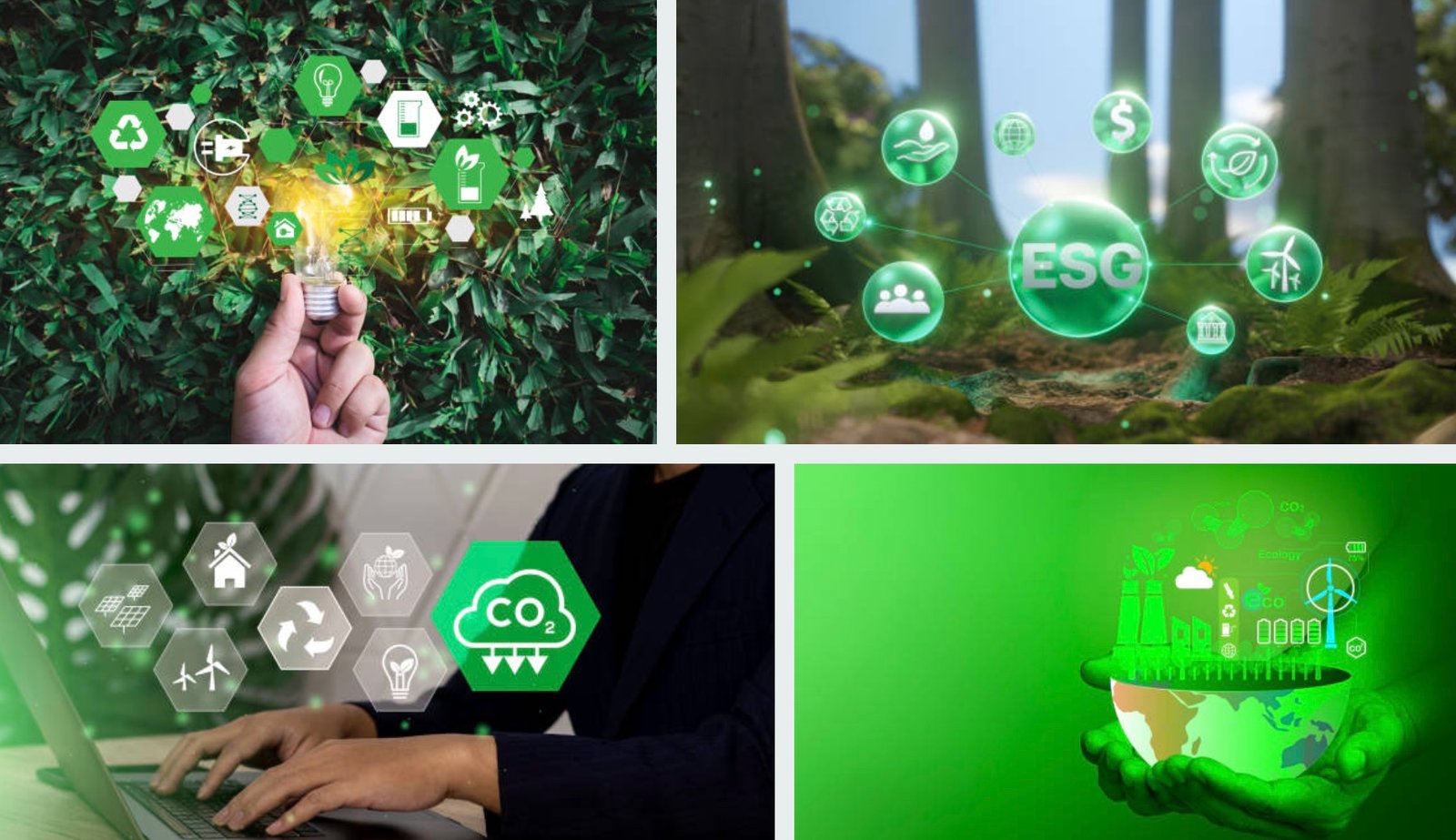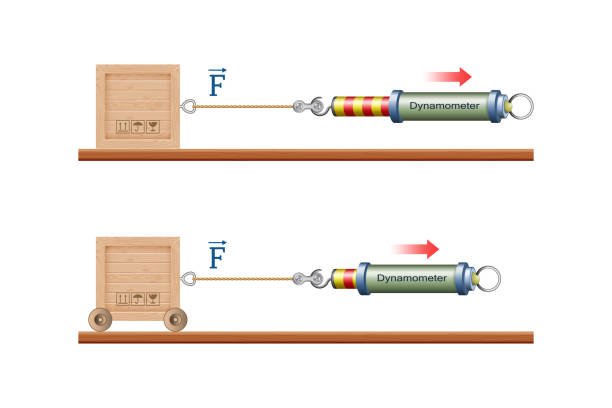In the modern era, the emphasis on sustainable development has led to the emergence of key ICT-driven green growth initiatives. These initiatives leverage information and communication technologies (ICT) to promote environmental sustainability, particularly focusing on reducing greenhouse gas (GHG) emissions and fossil fuel consumption. This article explores the various key ICT-driven green growth initiatives and their impacts on creating a more sustainable future.
Key ICT-Driven Green Growth Initiatives
1. Smart Grid Technology
One of the key ICT-driven green growth initiatives is the development of smart grid technology. Smart grids use digital communication technology to manage electricity efficiently, reducing energy waste and GHG emissions. They optimize the supply chain of electricity, from generation to distribution, and even to the consumers, ensuring minimal energy loss and maximum efficiency.
2. Energy Efficient Data Centers
Data centers are integral to the functioning of ICT systems worldwide, and their energy consumption is a concern for GHG emissions. Key ICT-driven green growth initiatives in this sector focus on making data centers more energy-efficient. This includes using renewable energy sources, improving cooling systems, and optimizing server efficiency, significantly reducing the carbon footprint of these data hubs.
3. Telecommuting and Virtual Meetings
The promotion of telecommuting and virtual meetings is another example of key ICT-driven green growth initiatives. By reducing the need for physical travel, these practices considerably cut down on fossil fuel consumption and associated GHG emissions. The widespread adoption of these practices, accelerated by the COVID-19 pandemic, has shown significant positive environmental impacts.
4. IoT for Environmental Monitoring
The integration of the Internet of Things (IoT) in environmental monitoring is among the key ICT-driven green growth initiatives. IoT devices can gather vast amounts of environmental data, which can be used to track and reduce GHG emissions. For example, IoT sensors in urban areas can monitor air quality and traffic conditions, helping to devise strategies to reduce pollution and fossil fuel consumption.
5. Smart Agriculture
Smart agriculture, leveraging ICT tools, is a critical component of key ICT-driven green growth initiatives. Using technologies like satellite imaging, drones, and AI, farmers can optimize crop yields while minimizing the use of fertilizers and pesticides, which are significant contributors to GHG emissions. This approach not only improves efficiency but also reduces the agricultural sector’s carbon footprint.
6. E-Mobility Solutions
E-mobility solutions are an essential part of key ICT-driven green growth initiatives. The development and use of electric vehicles (EVs), powered by renewable energy sources and supported by smart charging infrastructure, are pivotal in reducing fossil fuel consumption and GHG emissions in the transportation sector.
7. Green Building Technologies
Green building technologies incorporate ICT solutions to create energy-efficient and sustainable buildings. These technologies, a vital aspect of key ICT-driven green growth initiatives, include smart lighting, heating, and cooling systems that adapt to environmental conditions and occupancy, significantly reducing energy consumption.
Key ICT-driven green growth initiatives are at the forefront of the fight against climate change. By integrating advanced technologies into various sectors, these initiatives not only aim to reduce GHG emissions and fossil fuel consumption but also pave the way for a sustainable and environmentally friendly future. As technology continues to evolve, the scope and impact of these initiatives are expected to expand, playing a crucial role in achieving global sustainability goals.





